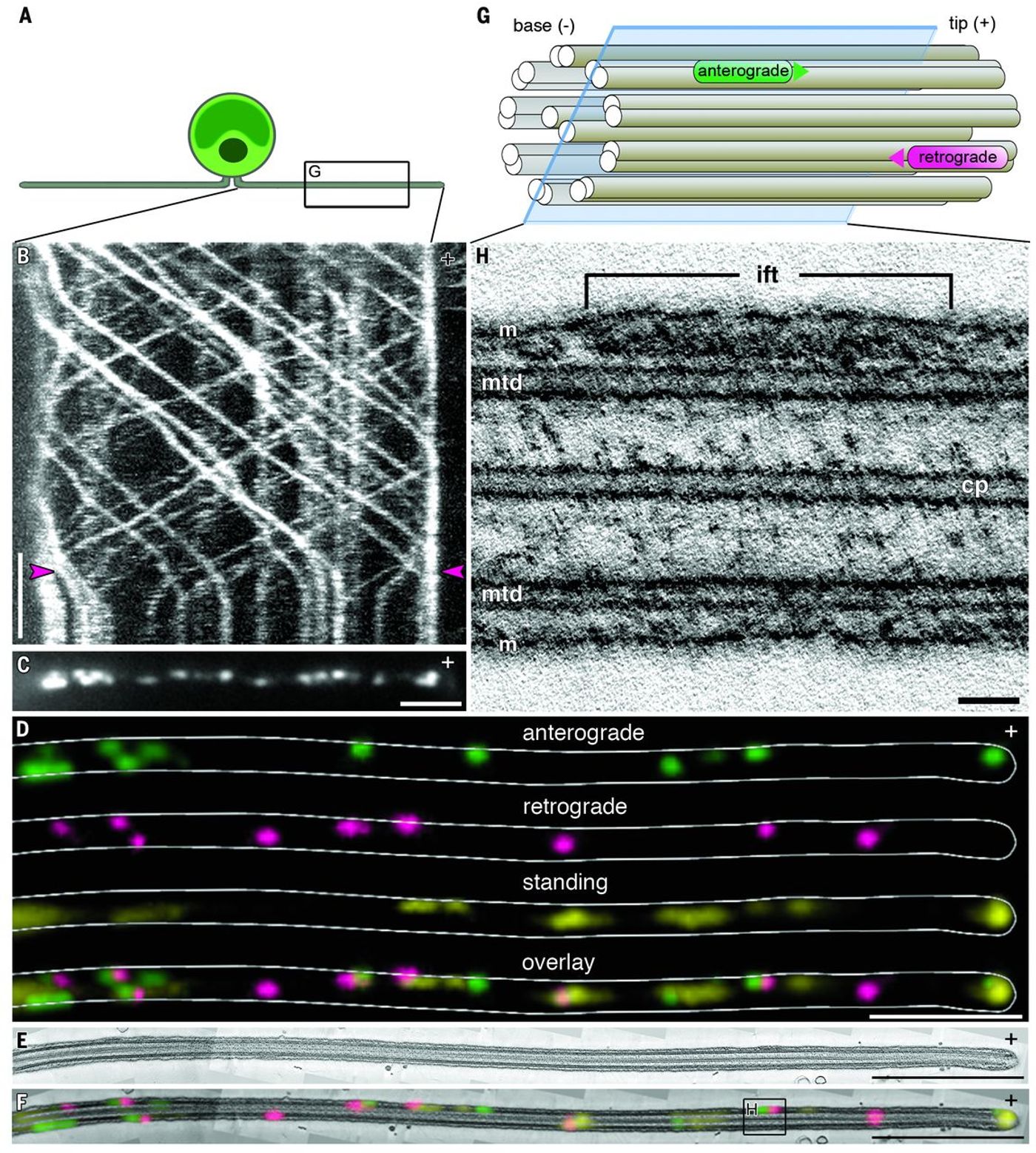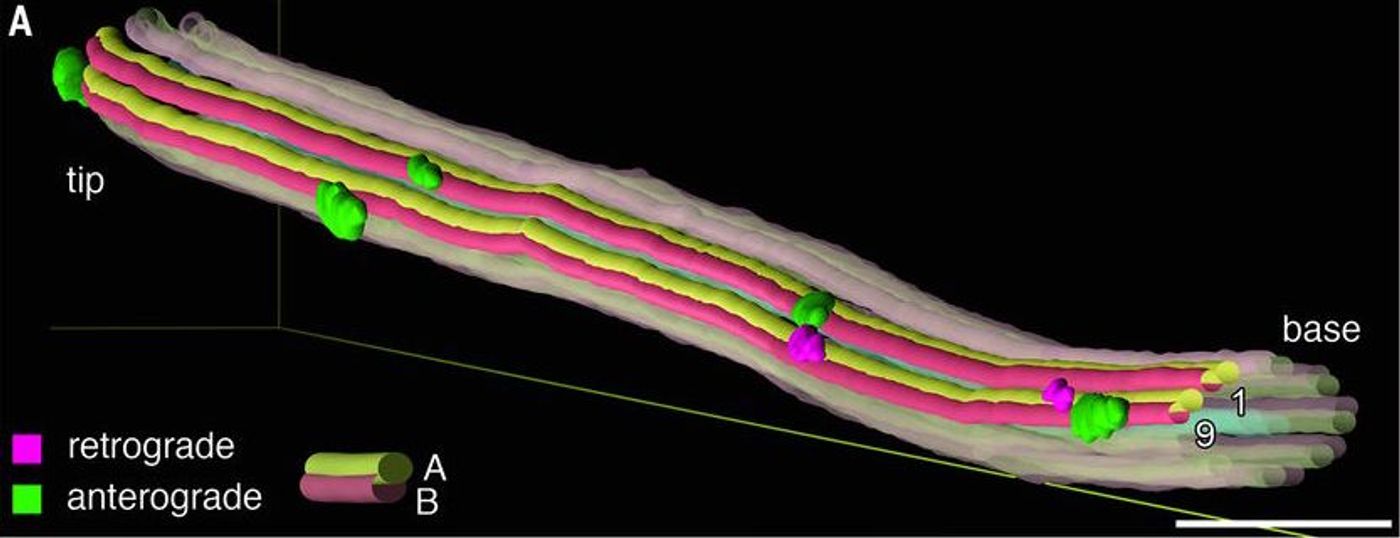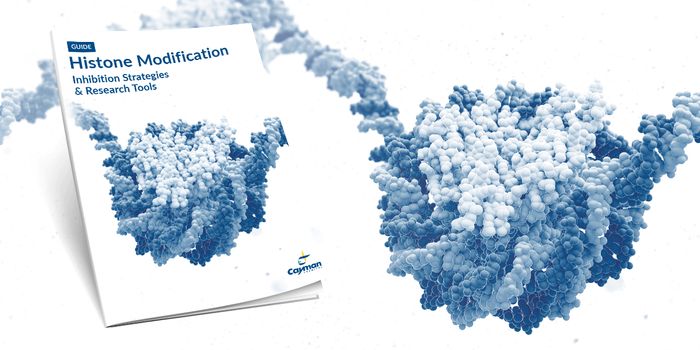Primary cilia have moved from the background of cell biology into the forefront of research. Now known to be present on almost every cell type in the body, cilia play a central role in the regulation of many different cellular functions and some pathway signaling. The study of cilia and genetic disorders associated with their dysfunction, ciliopathies, is becoming more influential and important in cell science and human health. Motile cilia perform vital functions as well, like moving mucous from the lungs or propelling sperm. Cilia are anchored to the cell by the basal body, and are comprised of an axoneme, which is made up of microtubules.

This microtubule-based structure is highly complex and is not seen in other components of the cell. It’s a unique arrangement that consists of nine peripheral microtubule doublets, which function as railways for intraflagellar transport (IFT). These doublets are comprised of a complete A-tubule with an incomplete B-tubule. The exact function of this specially conserved geometry has been unknown up until now. A paper published this May in Science has revealed more concrete details about the structure of cilia and the movement of cargo within it. Ludek Stepanek and Gaia Pigino of the Max Planck Institute of Cell Biology and Genetics in Dresden, Germany have developed a microscopy technique that allowed for the visualization of the internal dynamics of the primary cilium.
Moving beyond either total internal reflection fluorescence (TIRF) microscopy or static electron microscopy, they used a “correlative light and EM (CLEM) approach.” This meant the investigators would have the spatiotemporal resolution required for the study of IFT chains, which move at about three micrometers per second. A Chlamydomonas cell was quickly fixed during time-lapse photography of fluorescently labeled IFT trains. Following that, the cell was subjected to electron tomography to allow visualization of the way each train interacted with the microtubule. They also used movies obtained from light microscopy to add more detail to their findings.

This complete analysis of the inner workings also allowed them to discover another class of ITF train that is different in appearance and movement from anterograde and retrograde trains: standing IFT trains. Furthermore, they determined that anterograde trains were specifically associated with the B-microtubule and retrograde trains were only associated with the A-microtubule, preventing collisions.
To check the accuracy of their findings, they repeated their CLEM technique directly on cross-sections of the cilium itself. Indeed, they were then able to see the connections between the retrograde IFT trains and the A-microtubules, and between the anterograde IFT trains and the B-microtubules, confirming the directional specificity of the doublet structure.










